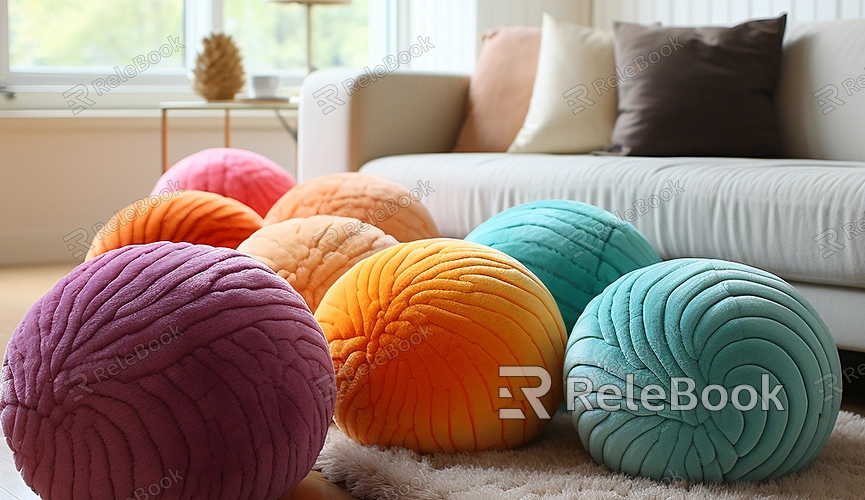Creating Sofa Photorealistic Models Using 3ds Max
How to import sofa photos into 3ds Max for modeling? Using photos for sofa modeling is quite common in the realm of 3D design, especially within powerful software like 3ds Max. Achieving sofa photorealistic modeling demands specific steps and techniques.
1. Gather High-Quality Sofa Photos
Successful sofa modeling begins with high-quality photos. Choose clear, high-resolution sofa images, ensuring they cover all necessary angles and details.

2. Utilize Image Plane Tool
Leverage 3ds Max's Image Plane tool to load selected sofa photos into the scene. Adjust image size and position to match actual dimensions and proportions accurately.
3. Establish Base Models
Based on the sofa photo outlines within the image plane, create foundational models using 3ds Max's modeling tools. Employ techniques like Box Modeling or Polygon Modeling to progressively match the sofa's shape.
4. Precise Model Adjustments
Post-establishing foundational models, meticulously refine and adjust them to capture details from the photos. Use vertex, edge, and face editing tools to intricately sculpt and adjust the model, ensuring it resembles the sofa depicted in the photos.
5. Integrate Texture and Detailing
Map the textures from the sofa photos onto the model's surface. Utilize 3ds Max's texture mapping tools to translate photo details onto the model's surface, enhancing realism. Additionally, incorporate extra details such as texture, wrinkles, etc., to heighten authenticity.
6. Fine-Tune Lighting and Material
After completing the model, fine-tune lighting and materials for a more realistic effect. With 3ds Max offering multiple rendering options and lighting choices, adjust lighting and material attributes to closely resemble the photo's effect, ensuring to tweak parameters and details accordingly.

